We know this blog is about Digital Art, but have a look at these very analog images….
I’m sure you are wondering, what are these murky, yet intriguing images?
Well, they are called Solargraphs. Solar as in sun, graph as in photograph. These are “sun-photographs” made with a rudimentary pin-hole camera and a lot of patience.
If you look at the images again, you’ll see a series of light lines, each of which is the trace of the suns path through one particular day. As the seasons change, the path changes, the sun goes higher in summer, while it rests lower in the winter.
If you were wondering where the stylus was going to come into it, this is exactly the sort of point I find a stylus useful. We have a very analogue image (the solargraph), which we want to publish on a digital platform (the website), which we want to add more info to, as below:
We’ve drawn on top of the image (on the iPad) indicating the different times of year, based on the height of the sun. Another fun thing you will notice is that the lines are sometimes broken, those are periods of cloud cover, so it’s a kind of sun diary for the period. In this case, I “planted” my camera in July, then “harvested” it just last week in December.
This is what the cameras look like.
I planted them down at my mother’s cottage in Wicklow, Ireland. All Solargraphs have interesting things about them. If we look at the other two images, we have more to enjoy .
This image is actually my favourite, I’ll tell you why below…
The story of this one is that it was found on the ground in November, so may have been disturbed by a animal, or taken by the wind; but somehow, it fell down.
This brings out the best in Solargraphs, in that there is a lot that is interesting about it, due to things that went “wrong” with the process, but gave us a beautiful result.
You can see that there are two distinct sun paths, this could be from the camera moving “a bit”, or falling and still recording suntrails, either way, I love the result.
My favourite bit though, is that when it fell on the ground, a bit of water got it, some mould grew on the “film” in the camera, giving those lovely organic star like shapes in the sky.
If you would like to know what the “film” is, here is the clever bit of the solagraphy camera…. rather than having a negative, the camera skips a step and has a little strip of photographic paper in the camera, which, when it comes out, looks like this:
You can see that in it’s wet, mouldy glory. But what you have there, is a negative on photo paper. When you bring it into Photoshop/GIMP/what ever you use for photo editing, you can simply invert the colours and those pinks turn blue!
In the last of the three images, along with the usual suntrails and trees in the distance, you can probably make out a mysterious shadowy figure.
This is one that I’m very pleased with. To give it a bit of character, I placed it behind a bronze sculpture, made by my late father in the 1940s (It was his birthday last week, so I’m very glad to get a chance to remember his fantastic work). The subject is was a popular one of it’s day, it’s St. Patrick knocking over the pagan stones. It has nice dynamic quality that I’ve always enjoyed, saints are rarely seen in action poses!!
One thing you might notice, is that the image is actually inverted, which is a characteristic of a pinhole camera. Photoshop to the rescue, you can horizontally invert. Ta-da!
I hope you enjoyed that, and might even be encouraged to plant a few cameras of your own. It’s remarkably rewarding, taking about 30 minutes to make a camera, and the same to fix in a good location; then wait 6 months and enjoy the result!
Solagraphy is very new, I believe it was first tried by students in the 1990s in Poland. I was going to give you a link to it’s Wikipedia page, but it doesn’t even have one. There is a mention of it on the long-exposure photography page, but that is mostly to mention that a solagraphy camera was blown up by the Atlanta bomb-squad in 2015, considering it a suspect device.
What really excites me, is that I think these are the first Solargraphs ever created on the island of Ireland!! I may not get into the Guinness book of records, but it’s enough for me.
The workshop happened under sunnier conditions, but I see we are only 3 days away from the lowest suntrail of the year, we’ll then be free-wheeling back to summer!!
I made the cameras at a workshop run by the very wonderful Austin & Wendy. You can see a short film about their solargraphy work here, made by the also wonderful Jo Keeling who hosted the workshop with Ernest Journal.





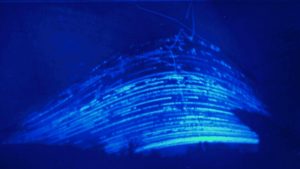
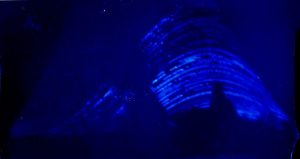


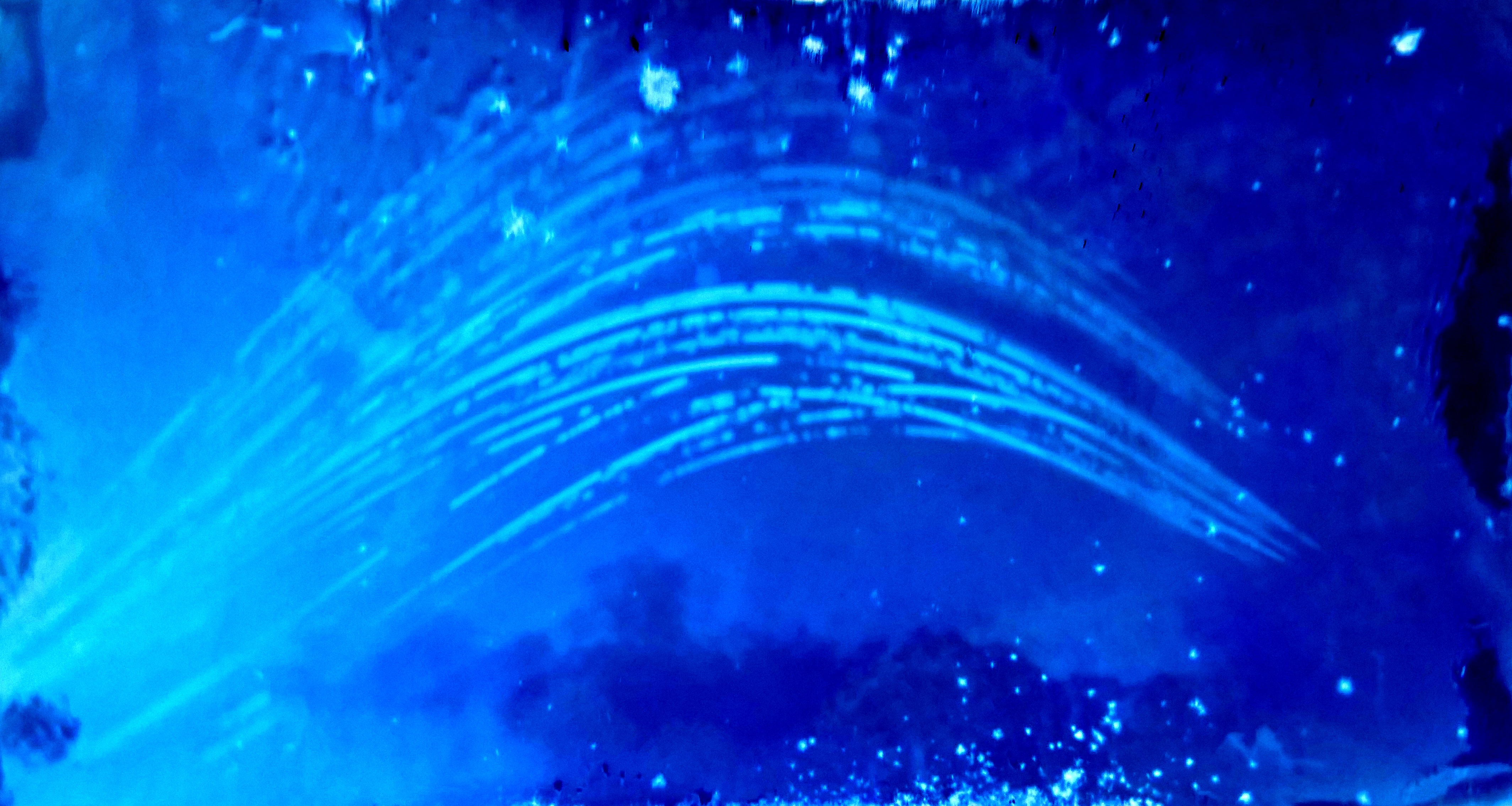
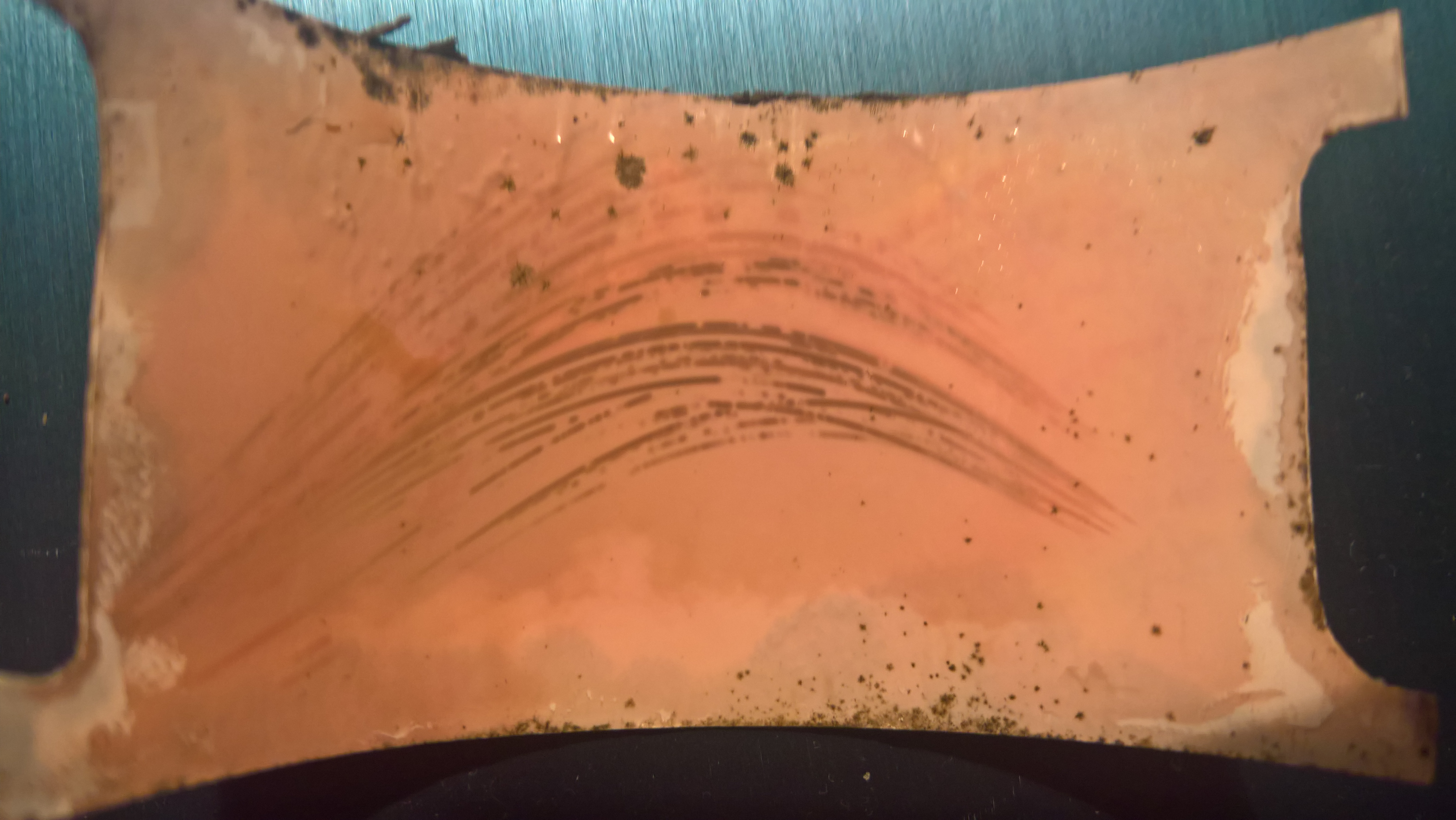
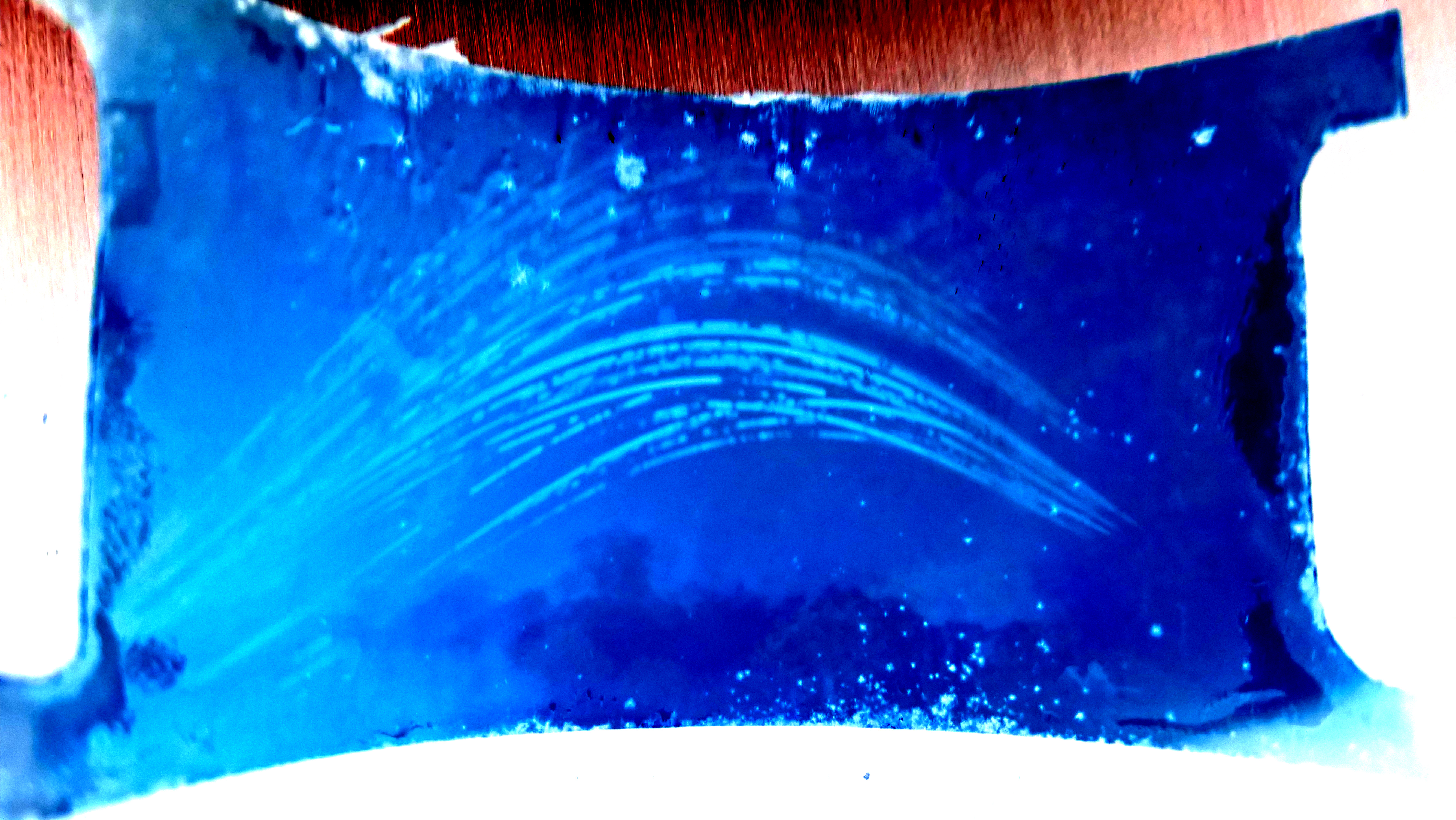
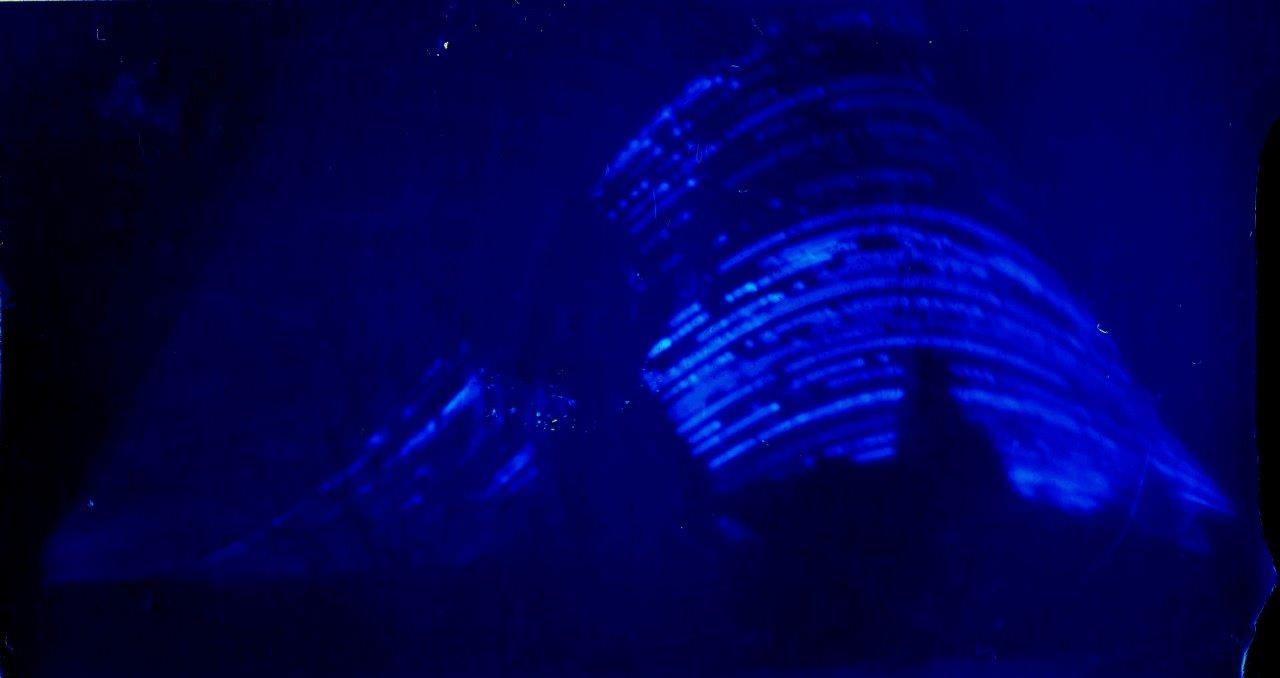
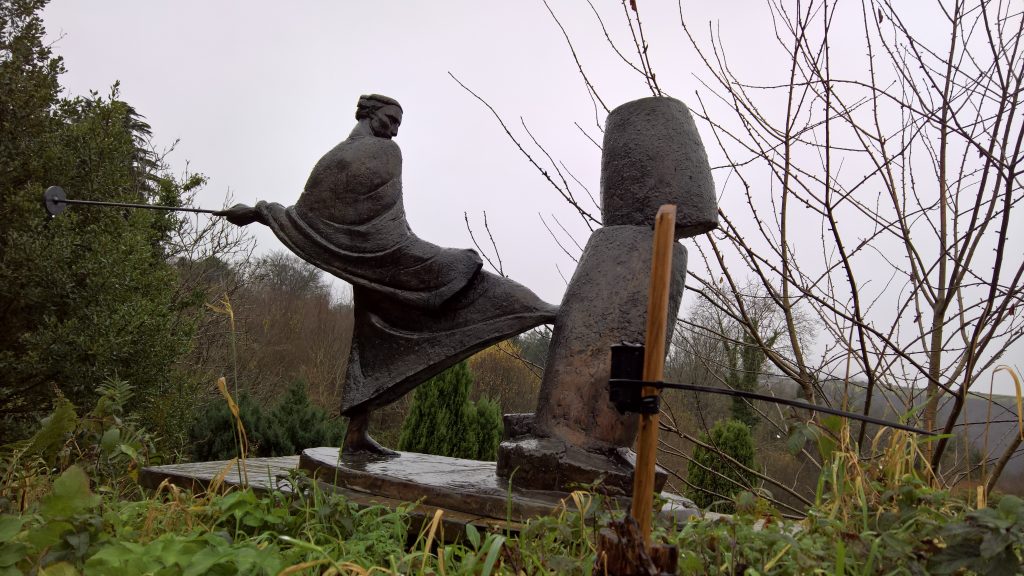
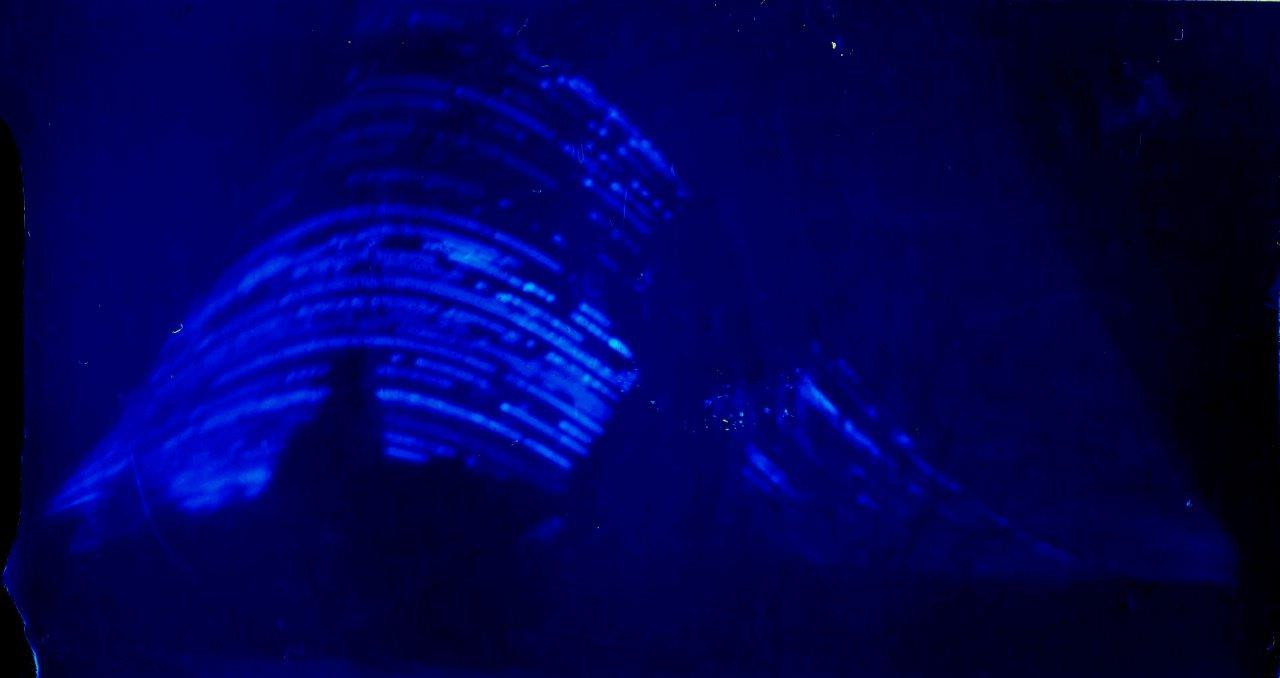
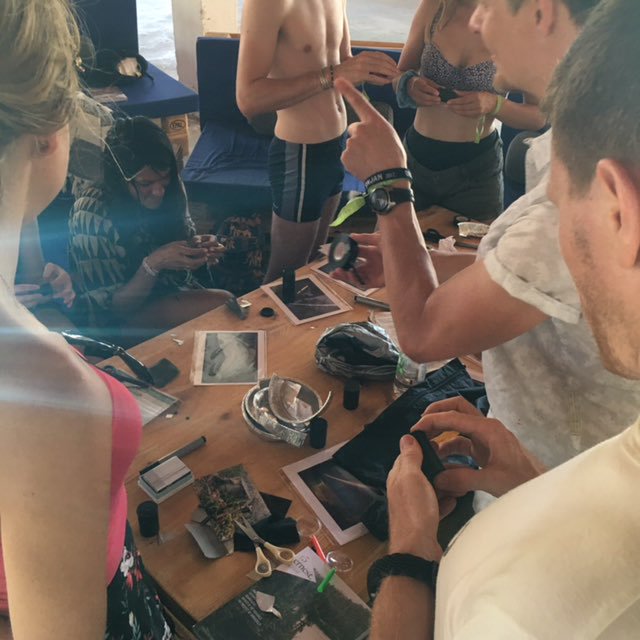

 LEAVE A COMMENT
LEAVE A COMMENT 


